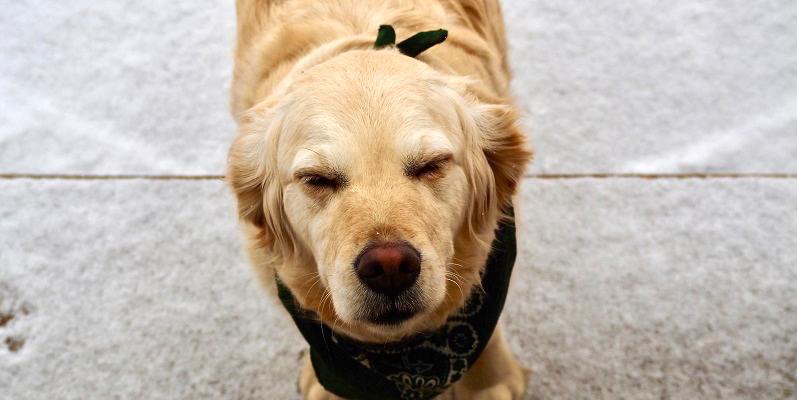It probably comes as no surprise that 44 percent of Americans own a dog. Meanwhile, the homeownership rate in the United States is 64 percent. Here are some tips for being a respectful dog-owning neighbor with a pet that everyone loves.
The roles of good dog owner and good neighbor are not mutually exclusive. Here’s how to be both.
By Aurora James
For many people, dogs are steadfast canine companions, so it probably comes as no surprise that 44 percent of Americans own a dog. Meanwhile, the homeownership rate in the United States is 64 percent. So in the Venn diagram of “homeowners” and “dog owners,” a lot of people fall in the circle in the middle. With that in mind, here are some etiquette tips on how to care for your dog but also be conscientious of the people around you.
Territory
Probably the first item on any dog owner’s to-do list would be to install a fence to mark your territory. For example, if you have a large dog like a St. Bernard, you don’t want it galloping through other people’s yards — causing damage, leaving behind waste, and chasing after cars, passersby, or the mail truck. And if you have a smaller dog such as a Pomeranian or a Chihuahua, a fence will keep out thieves or trespassers. Plus, it may deter predators like foxes and coyotes from hunting your dog when it’s on its lonesome outside.
Decibel Level
People have kept dogs around forever because they’re our sentries. At night, their ears prick up, and they go barking after anyone they hear at the door. That’s great for your protection — but bad for the whole block if it likes to herald the dawn with a chorus of yips and woofs. Make sure your dog knows when it’s appropriate to bark and when it isn’t. Keep in mind some of these strategies to enforce quiet time. Don’t shout at your dog, as it’ll think you’re joining in. Speak to it in a level, soothing voice. Establish yourself as the alpha so that your dog is quiet when you tell it to be. Perhaps the best way to get your dog to be calm is to set a routine and stick to it. That way, it won’t be on edge when some provocation stirs up in the wee hours.
Cleanup
There’s no fancy way to put this: Make sure you clean up your dog’s waste. No neighbor will appreciate your dog’s waste spotting the medians or sidewalks. Always carry a plastic bag with you, and don’t let your dog urinate on your neighbors’ car, lawn, flowers, or mailbox. Actually, some municipalities and homeowners’ associations will fine you if you don’t leash your dog and scoop its waste. Moreover, dog feces can contain diseases like parvo, tapeworms, whipworms, hookworms, or roundworms. And dogs being dogs, they might eat feces left lying around, which means ingesting those diseases. In short, clean up after your dog.
Public Etiquette Skills
Now that you’ve got the basics down, teach your dog to behave in public. Get it trained as early as you can so that it understands your cues and directions. Know what your dog is comfortable with (and not comfortable with) so you don’t tire it out walking 10 miles when it can only really last for one mile. Similarly, if your dog has been known to dash after other dogs, it’s probably best to cross the street when another dog is being walked toward it. Finally, when you’re in public, maintain a calm demeanor so that your dog stays calm too.
The roles of good dog owner and good neighbor are not mutually exclusive. Actually, they tend to complement each other. Being considerate of your neighbors’ safety, privacy, and bedtime will likely nudge you toward setting rules and boundaries in raising your own dog to be a well-behaved member of your community — that is, an animal that everyone loves.
Aurora believes there are no bad dogs. She created DogEtiquette.info to share her dog training tips and advice to dog owners everywhere.
